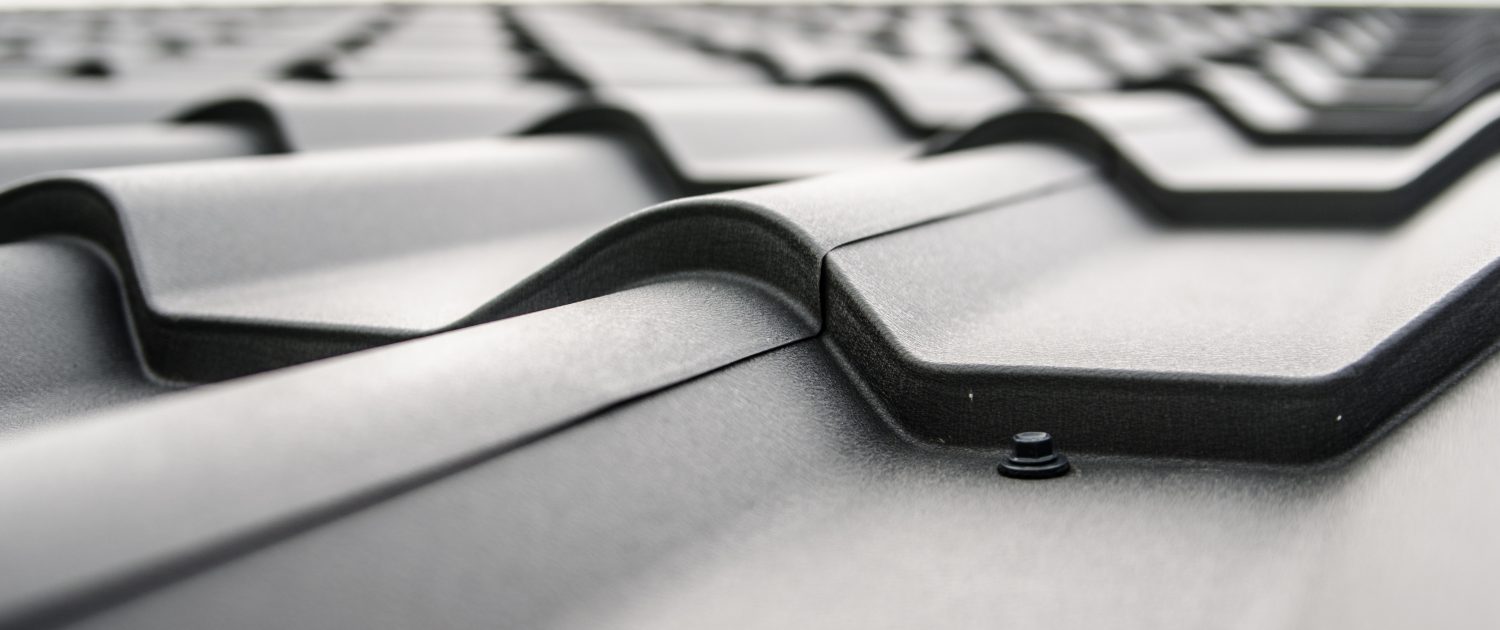Asbestos Removal and Replacement
Asbestos Removal & Replacement
If the asbestos roof is deteriorating, it may be necessary to replace it with a non-hazardous alternative. At Elite, we are fully licensed and insured to safely remove and dispose of asbestos.
Strict adherence to HSE guidelines is ensured in our removal practices, and rigorous training is undergone by our operatives.
Advice or a free quotation can be obtained by contacting our friendly team without hesitation.
Managing Asbestos in Non-Domestic Premises
- It’s necessary to identify materials containing asbestos in non-domestic premises by taking reasonable steps and noting their amount, location, and condition.
- Unless there is strong evidence to the contrary, materials should be presumed to contain asbestos.
- Records must be kept up-to-date of the location and condition of asbestos-containing materials or materials that are believed to contain asbestos.
- Assessing the risks of exposure to asbestos fibres is required for individuals who may come into contact with the identified materials.
- Develop a detailed plan outlining how to manage the risks associated with asbestos-containing materials.
- Carry out the implementation of the plan by taking necessary steps.
- Periodically review and monitor the plan and the arrangements for action to keep them relevant and up-to-date.
- Anyone liable to work on or disturb asbestos-containing materials must be provided with information on the location and condition of the materials.
What is Asbestos?
 Asbestos refers to a set of six naturally occurring fibrous minerals: chrysotile, crocidolite, amosite, anthophyllite, tremolite, and actinolite. Among these, chrysotile and amosite asbestos are most common.
Asbestos refers to a set of six naturally occurring fibrous minerals: chrysotile, crocidolite, amosite, anthophyllite, tremolite, and actinolite. Among these, chrysotile and amosite asbestos are most common.
Although asbestos fibers are microscopic in nature, they are extremely durable and resistant to fire and most chemical reactions and breakdowns. These properties of asbestos were the reasons that supported its use for many years in a number of different commercial and industrial capacities. The strength of asbestos, combined with its resistance to heat, allowed it to become the material of choice in a variety of products, including, but not limited to, roofing shingles, floor tiles, ceiling materials, cement compounds, textile products, and automotive parts. Asbestos is now strictly regulated as exposure to this toxic mineral can now be directly and scientifically linked to a number of lung and respiratory conditions including mesothelioma.
Where do you find Asbestos Cement?
Where do you find asbestos cement?
Asbestos cement is mainly a mixture of chrysotile (white asbestos) and cement, moulded and compressed to produce a range of asbestos cement products. You can find asbestos cement in many places inside and outside buildings such as:
Asbestos cement roofs
These are mainly made up of large sheets of corrugated asbestos cement; they are often found on industrial or farmyard buildings, but can also be found as roofs on garages and sheds. They are often covered in moss and other growths as they’ve been there for many years.
Asbestos wall cladding
This has a shape and structure similar to roof sheeting, and is often found on walls/as walls of buildings with asbestos cement roofs.
Asbestos downpipes and gutters
These are often attached at the end of cement roofs in warehouse type buildings.
Asbestos cement flues
These may be found in boiler systems (including domestic) air conditioning and ventilation systems.
Asbestos cement and pitch fibre water and sewer pipes
Drainage pipes, such as water and sewage pipes, were often made of pitch fibre. This is a lightweight and easy to handle material, made of wood cellulose impregnated with inert coal tar pitch. Asbestos cement was added to strengthen the material.
The Use of Asbestos in Contructions
Asbestos has been used used regularly in the construction industry since the Industrial revolution when it was used for the likes of steam engines, boilers, turbines and pipe insulation due to its excellent fire resistance and insulation capabilities. The product really began to flourish in the 20th century, particularly after the Second World War with the advance of technologies combined with a depletion of resources, high demand for reconstruction and an industry seeking cheap and effective building solutions. At the time of its prosperity, the mineral was seen as an “honour to humanity” and called by some as the “magic mineral”; but as the deadly effects of asbestos became more apparent through medical research, demand for its use steadily declined. Reputable research such as ‘Asbestos as a Modern Urban Hazard’ written in 1963 and continued research by field experts Selikoff, Chung & Hammond from the same era outlined more conclusive evidence of the link between asbestos and the diseases becoming associated with it. The use of amphiboles was eventually banned in the UK in 1985 but it wasn’t until 1999 when serpentine (Chrysotile) asbestos was banned outright from construction in the UK.
This means that any building constructed before the turn of the century could still have asbestos containing products within them.
• LEAVE – When the ACM is in good condition leave it alone.
• ENCLOSE – Damaged ACMs might be repairable by sealing or enclosing them.
• REMOVE – If the ACM is badly damaged and beyond repair it needs to be removed in accordance with advice from your local Environmental Health Team.
Free Quotation
Our expert team will work with you to repair and refurbish your asbestos roofs, ensuring as little disruption as possible to your business, as well as providing a cost effective and long term solution. It pays to get a quote from Elite Waterproofing.




